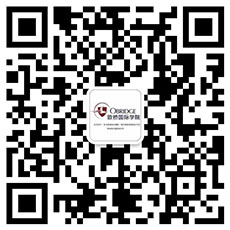
COURSE DESCRIPTION
The students will study history and the impact that historical events have on the world. The curriculum spans ancient civilizations through the 1700s (chapter 1-5) and 1700sthrough modern day (chapter 6-10). Students will be given opportunities to analyze and evaluate the impact of these historical events. Diverse instructional methods are used throughout this course including interactive presentations, DBQs, unit assessments, and research projects. Lessons are designed using a best practice model that includes scaffolding, vocabulary, guided practice, independent practice, and written response opportunities for students to synthesize, evaluate, and debate topics. New York Learning Standards and unit alignment were utilized in building this curriculum, as well as the Common Core Literacy Standards in the History/Social Studies, Science, and Technical Subjects
CHAPTERS
Ch.1 - Introduction to Global Studies A Introduction to Global History and Ancient Civilizations
Ch.2 - The Middle Ages
Ch.3 - The Byzantine Empire, Russia and Eastern Europe
Ch.4 - Expansion of Islam
Ch.5 - African Kingdoms and Trade-States and Ancient Mesoamerica
Ch.6 - The Renaissance and Reformation
Ch.7 - Exploration and Absolutism
Ch.8 - The Enlightenment, Scientific Revolution and American Revolution
Ch.9 - The French Revolution and Napoleon
Ch.10 - The Industrial and Economic Revolutions
Ch.11 - Revolutions and Nationalism
Ch.12 - Imperialism and Global Patterns
Ch.13 - World War I and the Russian Revolution
Ch.14 - Between the Wars
Ch.15 - World War II
Ch.16 - The Cold War
Ch.17 - Independence Movements
Ch.18 - 20th Century Trends
COURSE OBJECTIVES
Master a broad body of historical knowledge related to World History.
Demonstrate a multi-faceted understanding of historical knowledge.
Identify different themes found throughout human activity and history.
Work effectively with others create projects and solve problems.


